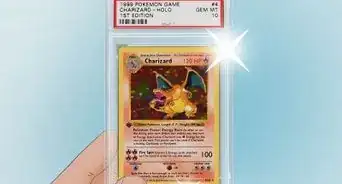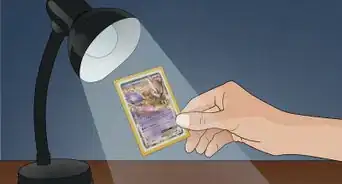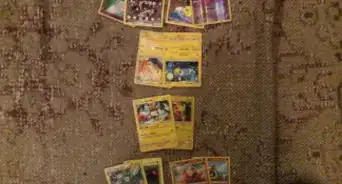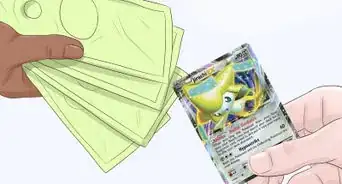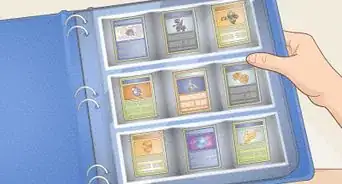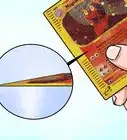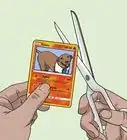This article was co-authored by Hunter Rising. Hunter Rising is a wikiHow Staff Writer based in Los Angeles. He has more than three years of experience writing for and working with wikiHow. Hunter holds a BFA in Entertainment Design from the University of Wisconsin - Stout and a Minor in English Writing.
There are 9 references cited in this article, which can be found at the bottom of the page.
This article has been viewed 11,029 times.
Have you found your old collection of classic Pokémon cards at home? Well, if you started collecting in the 90s, there’s a chance you have some valuable first-edition cards. Even though there are a few different versions of the 102 cards in the first base set, there are some really simple ways to tell if your Pokémon cards are from the original release. Even if you don’t have first-edition cards, they could still sell at a high price if they’re in good condition. Keep reading, and we’ll cover how to tell all the base sets apart so you can get an idea of how much your collection is worth.
Things You Should Know
- Look for a first edition stamp on the left side of a Pokémon card. Find the stamp on the top right corner of Energy cards and the bottom left of Trainer cards.
- Check that the art doesn’t have a drop shadow on the right side of the card.
- Look for “1995, 96, 98, 99 Nintendo, Creatures, GAMEFREAK” on the bottom of the card.
Steps
References
- ↑ https://youtu.be/01lEflArQqU?t=59
- ↑ https://www.one37pm.com/popular-culture/pokemon-card-price-guide
- ↑ https://pokeprofessional.com/the-exceptional-guide-to-everything-pokemon-base-set/
- ↑ https://youtu.be/yao-N73rS8U?t=288
- ↑ https://youtu.be/-2q4TsfHdH4?t=40
- ↑ https://www.one37pm.com/popular-culture/pokemon-card-price-guide
- ↑ https://www.pricecharting.com/console/pokemon-base-set
- ↑ https://youtu.be/O0PiBjIRjUU?t=150
- ↑ https://youtu.be/O0PiBjIRjUU?t=205
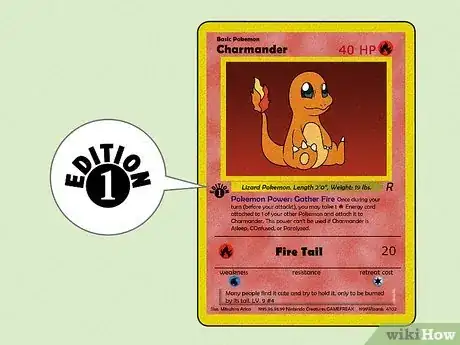
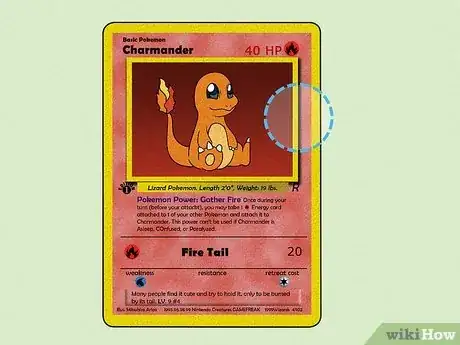
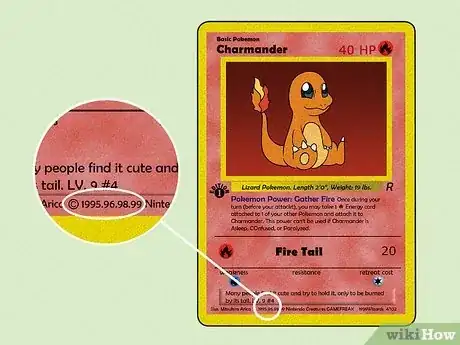
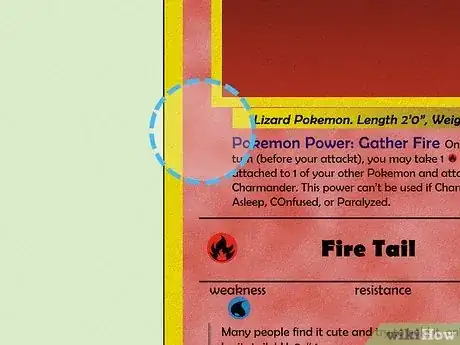
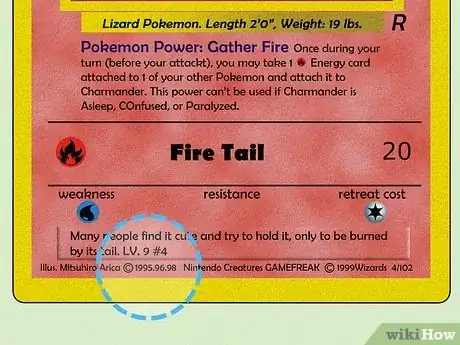
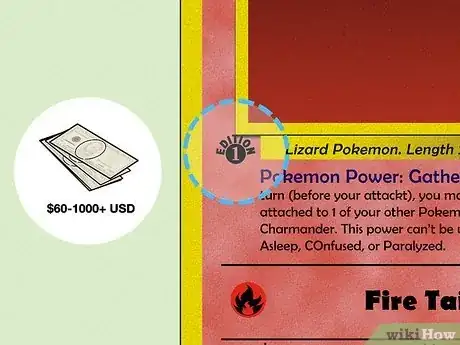
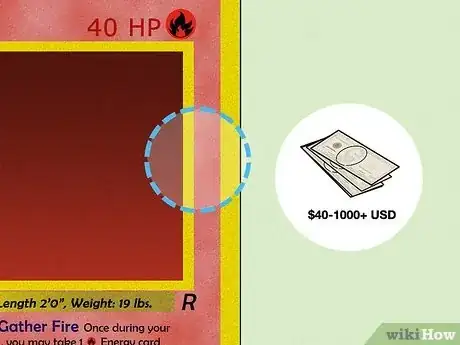
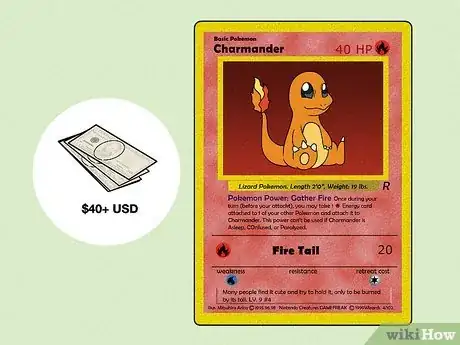
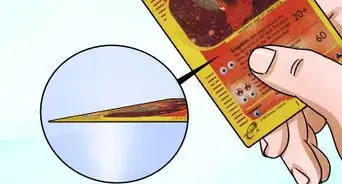
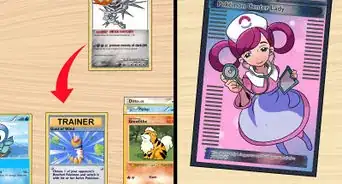
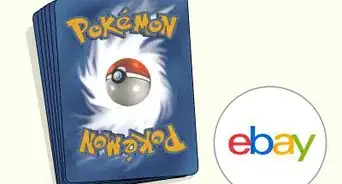
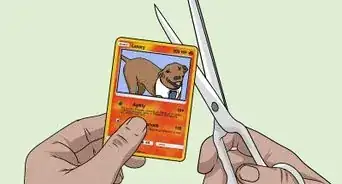

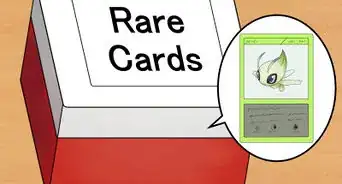
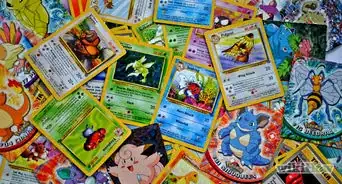
-Step-8.webp)

